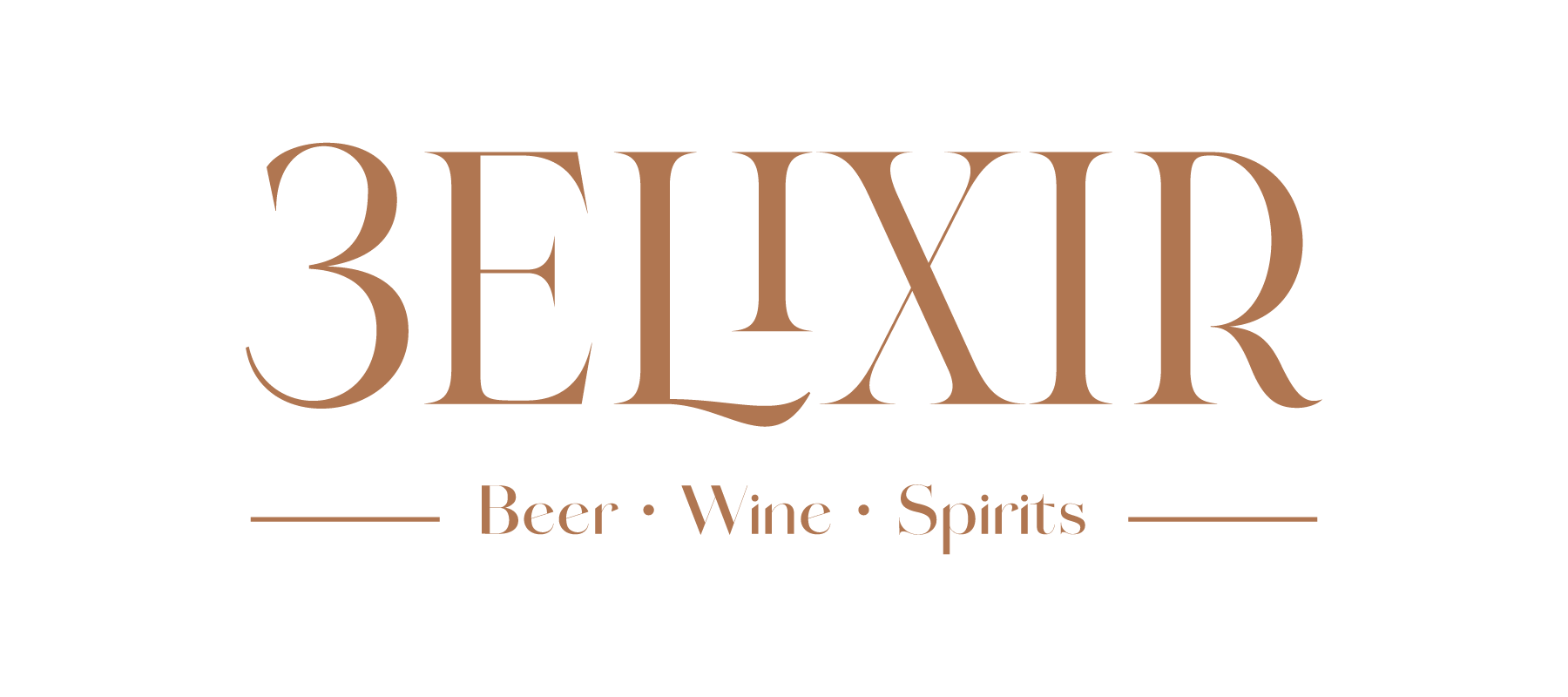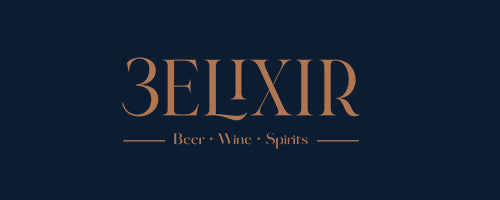Wine, touted as the nectar of the gods, has been one of the world’s most famous drinks for centuries. Wine is a cultural symbol, a history steeped in traditional practices. It is a story of artistry, dedication, and connection that has reached the bustling vineyards of France and the sun-soaked valleys of California. Today, wine is still as much of an experience as it is a product.
Being into wine is a lifestyle and more than just indulgence. This bridges culture and gastronomy, timelessly a companion to the highbrow conversation and memorable events. It is a subject of wild fascination for casual drinkers and connoisseurs alike, and its diversity in flavours, aromas, and textures all mean there is plenty to discover. These days, more than a drink, wine is a journey through time and place, a celebration of human ingenuity.
The Basics of Wine
What is Wine?
Basically, wine is a fermented alcoholic beverage primarily made of grapes. Wine creation is a work of nature because the fruit is full of natural sugars, and yeast adds alcohol during fermentation. Of course, grapes are the main thing, but there are also plums, cherries, and any types of apples that you can get strong enough juices out of. However, grape-based wine remains the gold standard because of its balance of sugar, acidity, and tannins.
Key components of wine include:
- Grapes: The foundation, which provides flavour, colour and structure.
- Yeast: A big player in turning the sugars into alcohol.
- Fermentation: A process that changes grape juice into wine.
- Acidity: Helps the wine be fresh and balanced.
- Tannins: It’s a present in red wines, providing structure and complexity.
The artistry of wine-making extends beyond these basics. You have to know grape varieties, soil conditions and climates and how they work together to produce a divinely diverse beverage. It is the diversity that helped make wine an ideal area of study as well as casual enjoyment.
How is Wine Made?
This is a laborious process, combining tradition and the latest in cutting-edge techniques, from the grape wine to the glass. Here are the key stages:
1. Harvesting: Either hand or machine, grapes are picked at the peak of ripeness. The timing is important, as the sugar levels in the grapes determine wine flavour as well as alcohol content.
2. Crushing: Grapes are once harvested and crushed to release their juice. Grape skin is not removed when making red wine to give colour and tannins. For white wines, the skins are removed to keep them lighter.
3. Fermentation: Sugars are turned into alcohol by adding yeast to the juice, which can be several days or weeks long, depending on the type of wine and flavour profile you want to make.
4. Aging: The wine then becomes aged in barrels and tanks. With age, complexity is added that gives a vanilla, oak or earthy flavour. Some wines may age for months, and some for years.
5. Bottling: When wine is matured, it gets filtered, bottled, and sealed. Eventually, some of these wines will continue to age in the bottle, but they are ready to be enjoyed.
Wine making is part art and part science. All decisions from the vineyard to the seller impact the final product in a way that guarantees every show the vision and skill of its maker.
Types of Wine

Red Wine vs. White Wine
There are two most popular categories, red and white wines, and their differences exist.
Red Wine: Red wine is made from dark grape varieties, which means dark grape skins are put into the fermentation process, making red wine red with its deep colour and tannic structure. Often rich and bold, red wines are lovely with hearty food like steak, lamb or pasta. Red wine also has its own unique mouthfeel coming from the tannins, and for many, it’s a complex and rewarding choice.
White Wine: White wine has been crafted without grape skins, giving it a lighter taste and colour. From crisp, refreshing profiles such as Chardonnay, Sauvignon Blanc, or Riesling, the varieties are suitable for seafood, salads or light cheeses. The acidity and aromatic faculties of white wines are celebrated, and they can vary from floral to fruity.
Other Wine Varieties
Wine comes in many forms, each with unique traits:
-
Rose: Rose is among the extremely delicate pink wines. It is created by limiting the grape skin contact during fermentation. It's light, versatile, and a great summer afternoon or casual gathering.
-
Sparkling Wine: Sparkling wines like Champagne, Prosecco, and Cava are celebratory. They’re all the things that go hand in hand with special occasions. The second fermentation in the bottle or tank allows their bubbles to form.
-
Fortified Wine: Fortified wines, such as Port, Sherry and Madeira, which have a higher alcohol content but sweeter taste, are also added with spirits, such as brandy. These wines are often drunk as aperitifs or with dessert.
-
Dessert Wine: Moscato, Sauternes, and Tokaji are sweet, which makes these wines perfect companions to desserts. They’re made with precision between sweet and sour to finish perfectly.
Regional Influence on Wine Varieties
Wine’s flavours and qualities are heavily shaped by geography and climate.
Old World Wines: Old World wines come from traditional wine-producing regions like France, Italy, and Spain. The effects of soil and climate in those regions influence the characteristics of wine. Examples of this type are Bordeaux, Chianti and Rioja. Often, they feature such focus on subtlety and balance, which reflects centuries of craft behind the scenes.
New World Wines: New World wines originate in countries like the United States, Australia, and Chile, featuring bold, fruit-forward flavours and innovative techniques. The type of wine you like will vary because there’s so much choice: you can go from a Burgundy to a New Zealand Sauvignon Blanc.
The History and Cultural Significance of Wine
Ancient Origins
The recorded history of wine dates thousands of years back to ancient Mesopotamia, the Pharaohs and Greece. Wine was a symbol of wealth and divine favour and served elites in Mesopotamia. Wine was used by the Egyptians in religious rituals and in funerary practises, offering it to their gods. It was celebrated by the Greeks as a gift from the god of wine, Dionysus, and they built it into their symposia, intellectual gatherings surrounding some wine. As well as a pleasurable drink, this ancient beverage was a foundation of trade, diplomacy and social structure.
Wine in Modern Society
Wine continues to be a fixture of life and is a favourite of celebrations and cuisine today. Wine raises the occasion for wedding toasts to intimate dinners. In culinary traditions all around the world, it's also an important ingredient, adding flavour to dishes. Exploration is a trove for modern wine culture, which means that sommeliers and the like spend a lot of time going down all the endless sorts and subtleties.
Wine Tasting and Pairing

How to Taste Wine
Wine tasting is an art form that includes the whole sensory experience. Here’s a simple guide to savouring wine like a connoisseur:
1. Appearance: The colour of a wine can give you an idea of the grape variety, the region it comes from and the age.
2. Aroma: Large glasses are usually swirled, and then a deep sniff is taken to check if there is fruit, spice, floral, or oak. Often, the first glimpse into the complexity of a wine is a wine’s aroma.
3. Taste: Drink the wine first, then let it coat your tongue. It didn’t hurt to pay attention to its sweetness, acidity, tannins, and body. Notice how the flavours change when you taste.
4. Finish: Note the aftertaste. You have a good wine if it leaves you with a pleasant lingering impression, asking for another sip.
Wine Pairing Basics
pairing wine and food seems like a science mixed with some art. Here are some basic guidelines:
- Red Wine: Works well with beef, lamb, or beef pastas.
- White Wine: Provides complements for lighter fare such as seafood, chicken or salads.
- Sparkling Wine: It matches surprisingly well with salty or fried foods.
- Dessert Wine: It’s an obvious choice for sweet dishes or as a dessert on its own.
Common Mistakes in Pairing
Avoid these pitfalls to ensure a harmonious pairing:
- Overpowering Flavors: Wine or food should not take control. Use the other to enhance the other.
- Ignoring Sweetness: Match sweet wines with desserts or spicy food, but not with overly sweet wines with savoury dishes.
- One-Size-Fits-All: Memorably, not all red wines go with meat or all white wines with fish.
Pairing wine is all about coming up with recipes that will highlight the dish and wine.
The Benefits and Considerations of Wine Consumption

Health Benefits
Research has found that taking moderate wines has a number of health advantages. Red wine entails clear health benefits, especially for the heart, because of antioxidants like resveratrol. Research indicates that moderate consumption of wine has benefits such as reducing high-density cholesterol, fighting inflammation and decreasing the risk of some other diseases. However, these benefits can only be achieved with moderate drinking since overindulgence destroys all the benefits.
Responsible Drinking
Wine should be consumed strategically while positively adding to moments. However, the current position regarding the various wines indicates that alcohol content is not uniform. Therefore, people must be cautious. Moderate use of wine makes it an enjoyable thing, which must have never been a cause of pain in the first place. Remember, it is always best to practice moderation and know one’s limitations. Also, focus on the periods when you take a pampering drink and whether it is appropriate for social and personal purposes.
Conclusion
As I mentioned, wine is special because it can bring people, cultures, and moments together. Every time you take a sip of a rich red wine, sparkling wine or any other type of wine, you are actually consuming a piece of history. Wine represents ethnicity and elegance, and there is always more wine to discover to one’s taste. For those interested in getting a little more absorbed, the 3elixir Singapore has drawn up a list that is exclusive and will take the customers for a ride into wine. So check them out and enjoy the moment with a glass of wine. Cheers!

